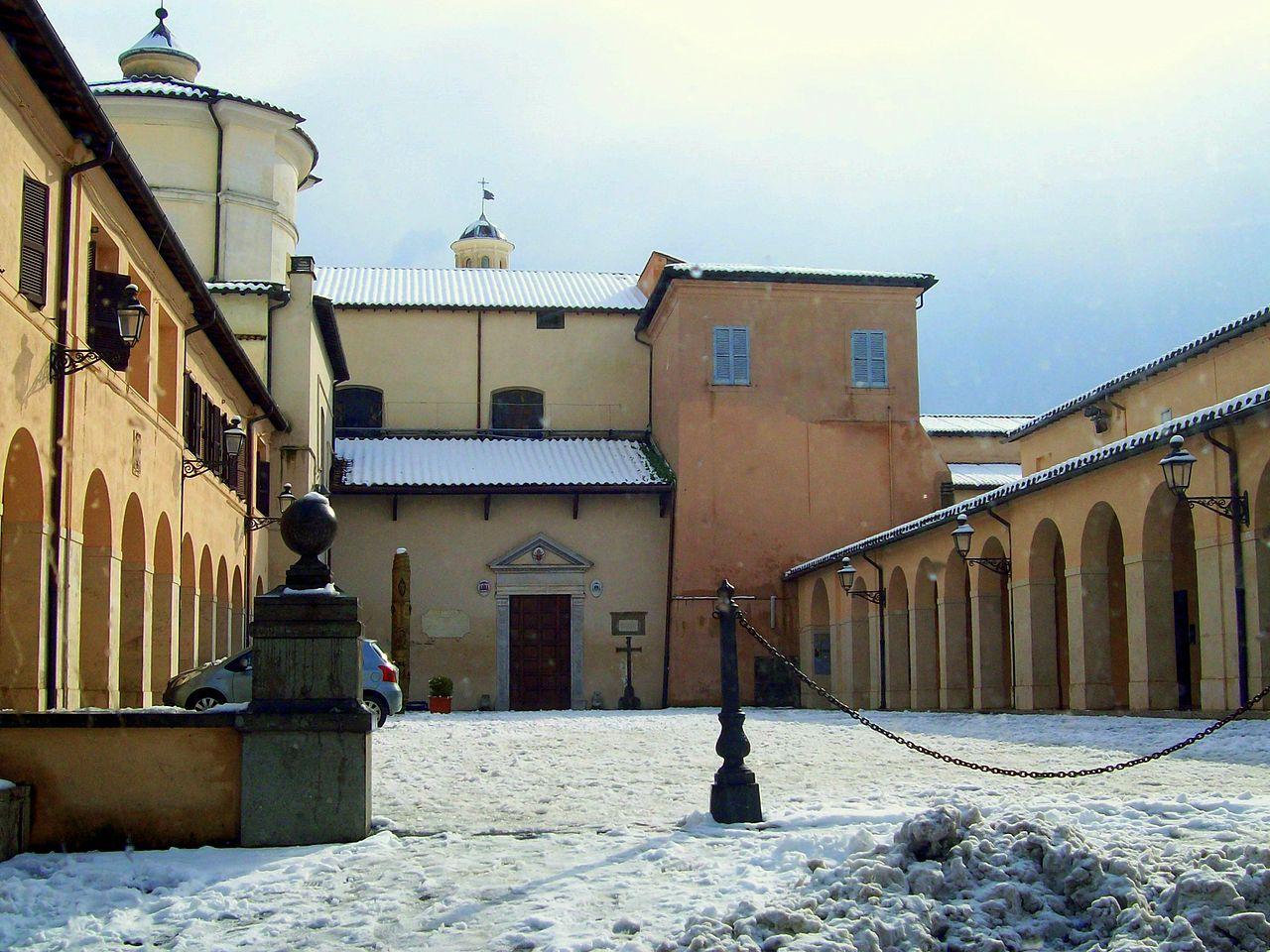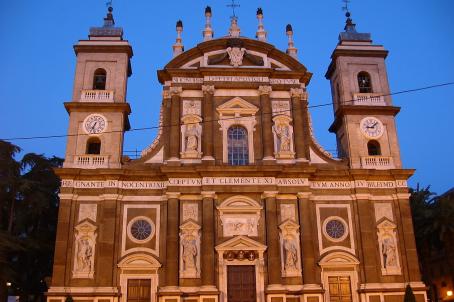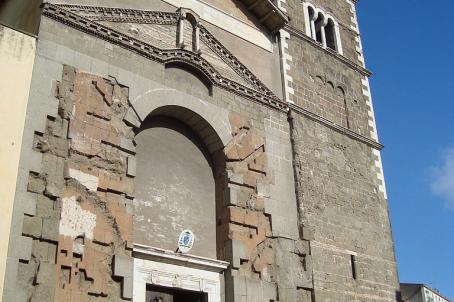Velletri Cathedral
Velletri Cathedral was, according to tradition, a former basilica of the Roman town hall, which was transformed into a Christian church in the 5th century. In the 13th century the church underwent a major renovation with the construction of the polygonal exterior apse and the underground chapel containing the relics of St Eleutheran and St Pontian. The main entrance of the cathedral with its façade was incorporated into the construction of the Bishop's Seminary in the 17th century. In 1950, damaged by the war, the cathedral was restored to a design by the architect Giuseppe Zander.






